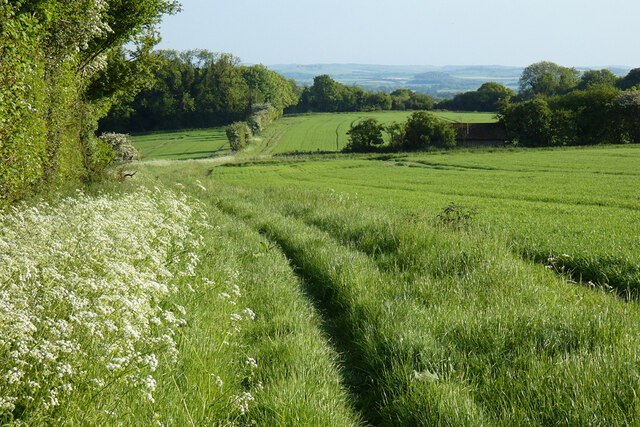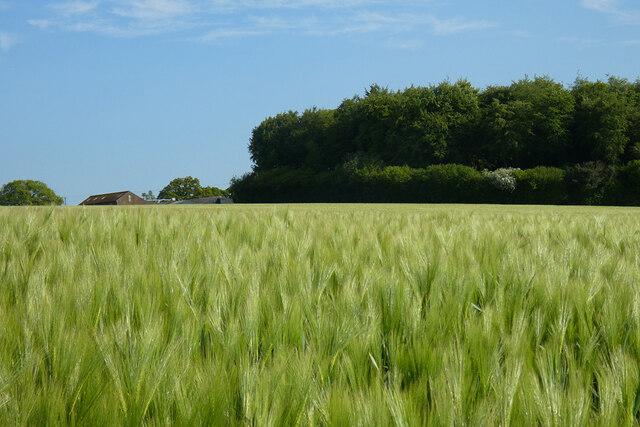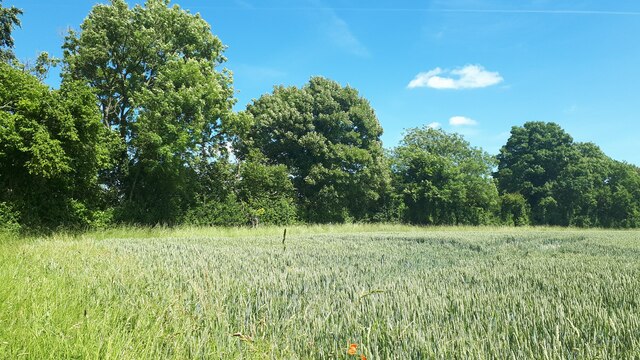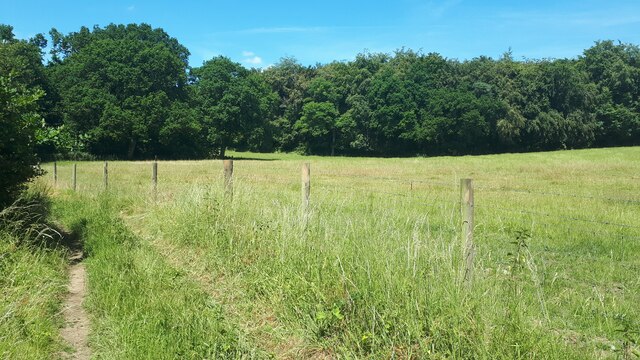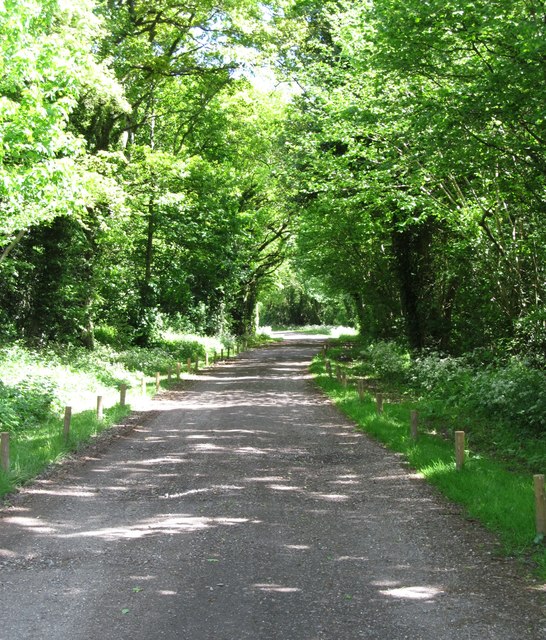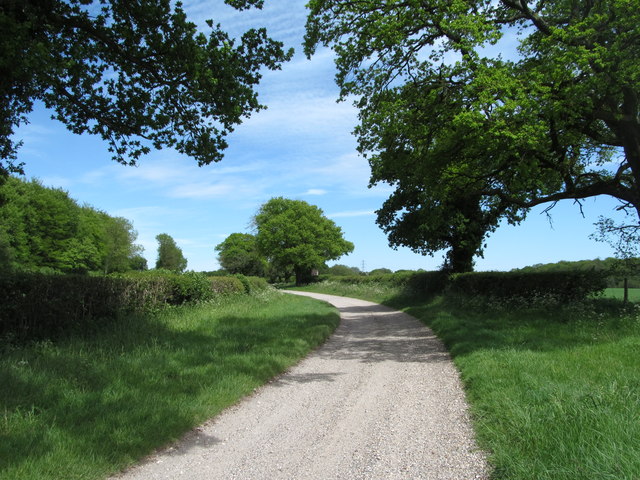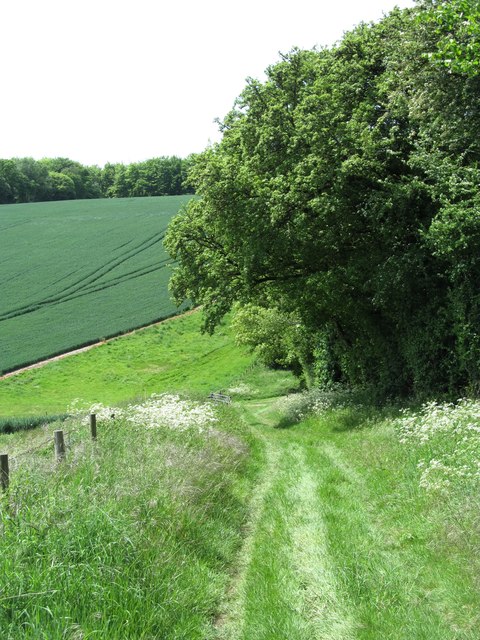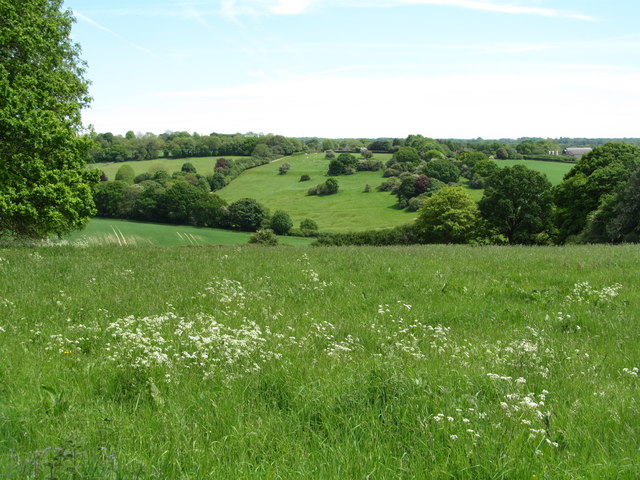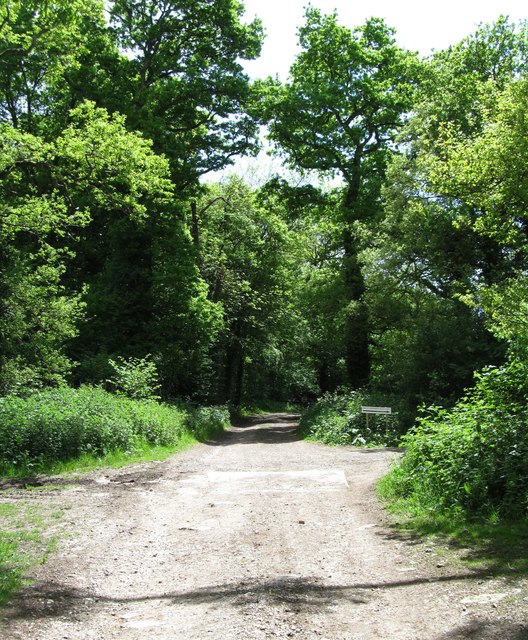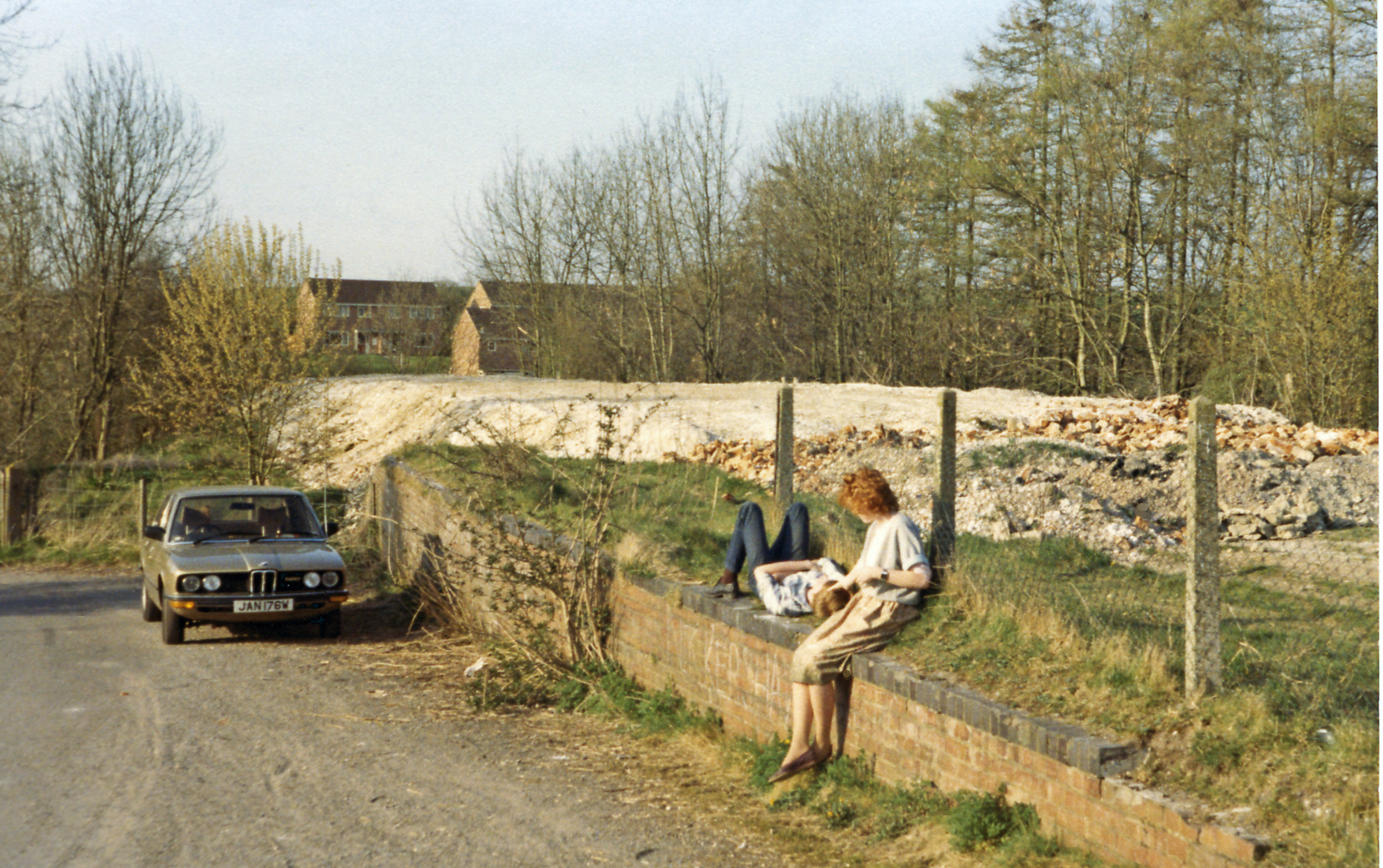Hangings Copse
Wood, Forest in Wiltshire
England
Hangings Copse
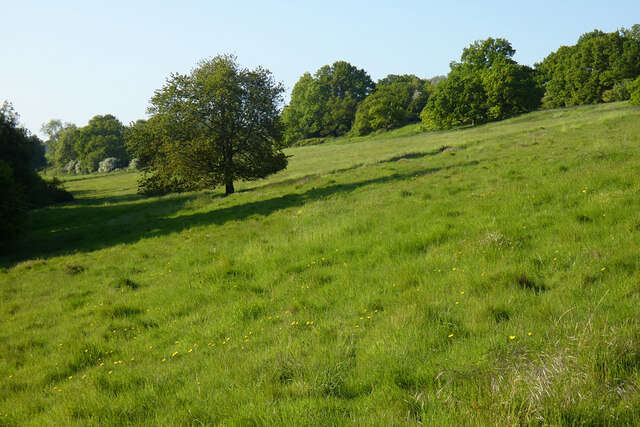
Hangings Copse is a picturesque woodland located in the county of Wiltshire, England. Covering an area of approximately 30 acres, it is nestled within the rolling hills and lush green fields of the region. The copse is predominantly composed of native broadleaf trees such as oak, beech, and ash, creating a rich and diverse ecosystem.
The name "Hangings Copse" is derived from its historical association with the practice of hangings during medieval times. It is believed that the woodland was once used as a site for public executions, hence the rather macabre name. However, no evidence of these events remains, and the copse has long since been transformed into a tranquil and peaceful retreat.
The woodland is crisscrossed by a network of meandering footpaths, making it a popular destination for walkers, hikers, and nature enthusiasts. The paths wind through the dense undergrowth and lead visitors to secluded clearings, where one can enjoy a picnic or simply relax in the serene surroundings.
Hangings Copse is teeming with wildlife, providing a habitat for a variety of species. Birdwatchers can delight in the sight of woodpeckers, thrushes, and owls, while mammal lovers may spot rabbits, foxes, and deer. In spring, the copse is carpeted with bluebells, creating a breathtaking display of color and fragrance.
The copse is easily accessible, with a small parking area nearby, and is open to the public year-round. It offers a peaceful escape from the hustle and bustle of modern life, allowing visitors to immerse themselves in the beauty of nature. Hangings Copse is a true gem of Wiltshire, inviting locals and tourists alike to experience the tranquility and natural splendor it has to offer.
If you have any feedback on the listing, please let us know in the comments section below.
Hangings Copse Images
Images are sourced within 2km of 51.283875/-1.6011547 or Grid Reference SU2753. Thanks to Geograph Open Source API. All images are credited.
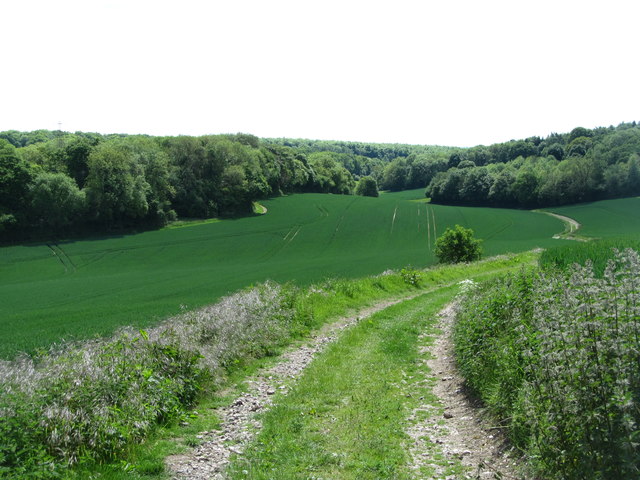
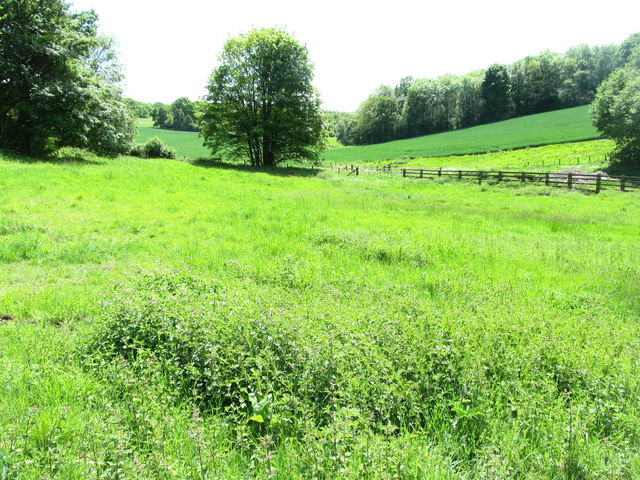
Hangings Copse is located at Grid Ref: SU2753 (Lat: 51.283875, Lng: -1.6011547)
Unitary Authority: Wiltshire
Police Authority: Wiltshire
What 3 Words
///ramps.handrail.rewarding. Near Ludgershall, Wiltshire
Nearby Locations
Related Wikis
Chute, Wiltshire
Chute is a civil parish in east Wiltshire, England, on the border with Hampshire. It includes the main village of Upper Chute and the smaller settlements...
Ludgershall Castle
Ludgershall Castle is a ruined 12th-century fortified royal residence at Ludgershall in Wiltshire, England. Three large walls still remain of the castle...
Biddesden House
Biddesden House (or Biddesden Park) is a Grade I listed English country house in east Wiltshire, about 5 miles (8 km) north-west of Andover, Hampshire...
Collingbourne railway station
Collingbourne railway station served the village of Collingbourne Ducis in Wiltshire, England. It was on the Midland and South Western Junction Railway...
Ludgershall, Wiltshire
Ludgershall ( LUG-ər-shawl, with a hard g) is a town and civil parish 16 miles (26 km) north east of Salisbury, Wiltshire, England. It is on the A342 road...
Faberstown
Faberstown is a settlement in the civil parish of Ludgershall, Wiltshire, England. Its nearest town is Andover, approximately 6 miles (9.7 km) to the...
Perriam Down
Perriam Down or Perriam Downs, near Ludgershall, Wiltshire, England was a venue for five first-class cricket matches and at least three other matches between...
St Mary's Church, Chute Forest
St Mary's Church in Chute Forest, Wiltshire, England, was built between 1870 and 1871 and consecrated in 1875. It is recorded in the National Heritage...
Nearby Amenities
Located within 500m of 51.283875,-1.6011547Have you been to Hangings Copse?
Leave your review of Hangings Copse below (or comments, questions and feedback).
